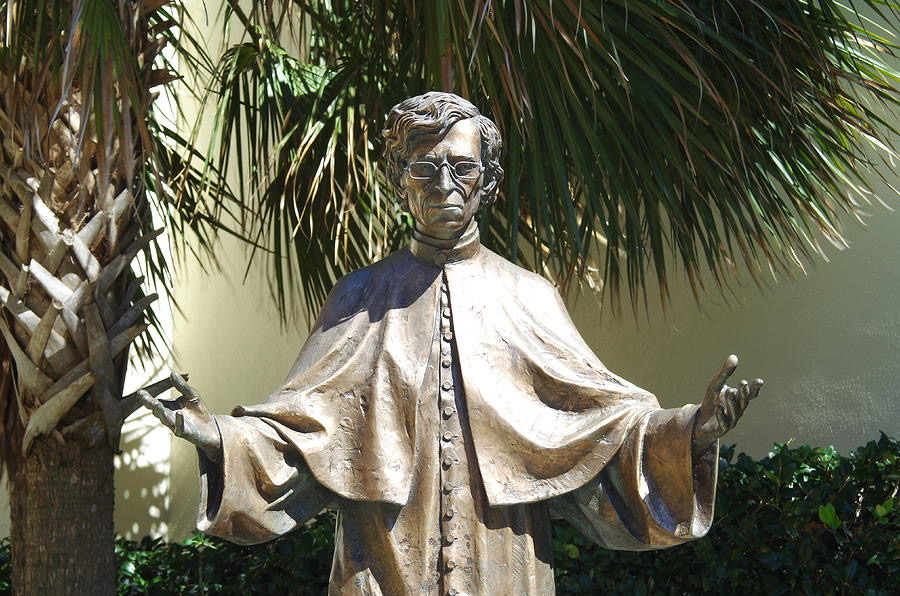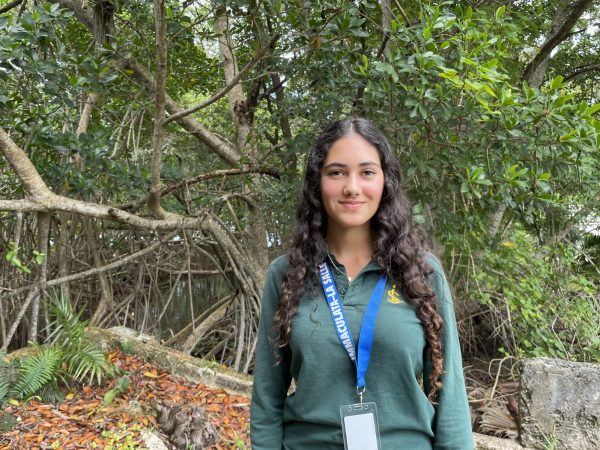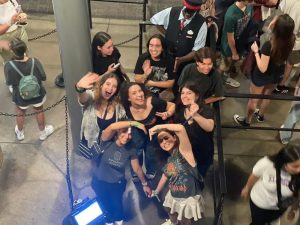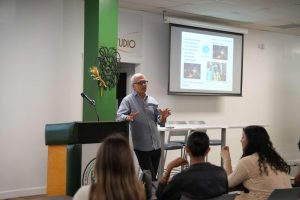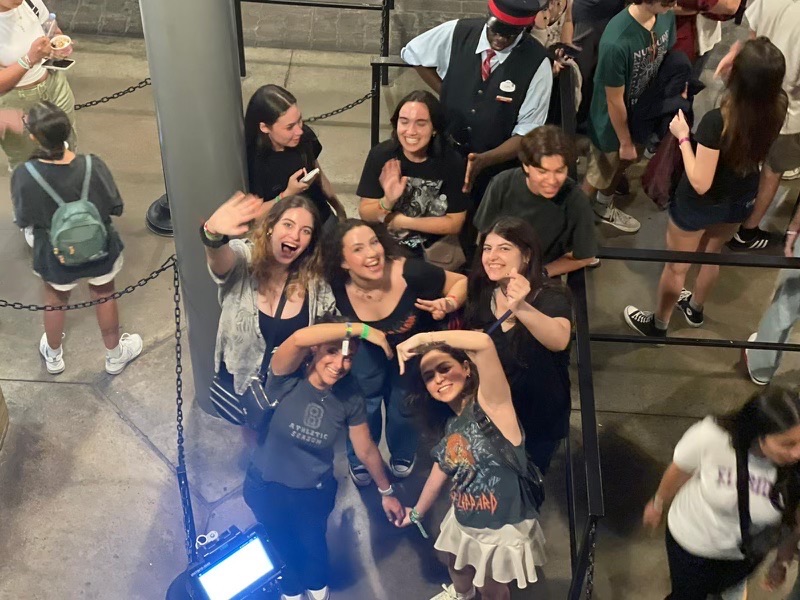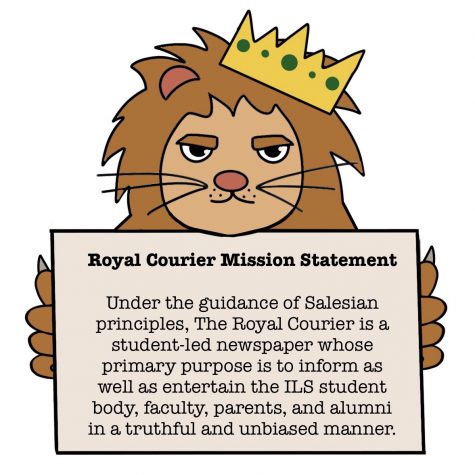The Inspiring Story of Father Felix Varela
The Father Felix Varela statue located at La Ermita in Miami.
September 2, 2022
For those who have visited the Ermita de La Caridad, you have likely passed by the statue of Father Felix Varela. At first glance, this may just seem like a simple statue, but when you dig deeper, you can discover that Father Felix Varela contributed majorly to the Cuban culture and path to freedom. Felix Varela was born on November 20, 1788 in Havana, Cuba. He studied at the San Carlos Seminary. In Cuba, Varela was the leading educator and philosopher of his time. In 1823, he was exiled from Cuba due to an accusation made against him for treason. Varela then worked for the archdiocese of New York for 30 years. Some of Varela’s efforts include joining a petition to the Crown for the independence of Latin America and publishing an essay which argued for the abolition of slavery in Cuba. Felix Varela’s largest accomplishment was his newspaper. Felix founded El Habanero, the first Spanish newspaper in the U.S. In the newspaper, Varela “published articles about human rights and essays on religious tolerance, cooperation between the English- and Spanish-speaking communities, and the importance of education.”(postalmuseum.com). He made many efforts to help not only the Cuban people, but Americans as well. According to thejaxonmag.com it says “Varela is also important to the history of the United States as an early advocate for the rights of Catholics, immigrants, the poor, and the sick. He built schools, debated against critics of Catholicism and immigrants, and spent much of his time ministering in hospitals and shelters.” Father Felix Varela is honored at La Ermita De La Caridad as a way to remind other Cuban exiles or immigrants of his faith and efforts to help them. La Ermita is dedicated to be a symbol of the freedom the Cuban people seek. The church holds a special place for Cubans.


